Russia’s state-run energy giant Gazprom will significantly increase gas supplies to Slovakia via the TurkStream pipeline, which transports Russian gas to Europe via Türkiye, starting in April, Slovak gas importer SPP CEO Vojtech Ferencz said on Monday.
Gazprom began supplying gas to Slovakia again at the beginning of February, using volumes given up by Hungary on the TurkStream pipeline, SPP said last month. Volumes were due to double from April, but no amounts were given.
On Monday, Ferencz told reporters the increase would be several times the volume shipped in the past two months, not just double as previously flagged, utilizing freed up TurkStream capacity.
“We will not have a problem with supply, we will not have a problem filing storage,” SPP trade director Michal Lalik said.
TurkStream runs for 930 kilometers (580 miles) under the Black Sea from the Russian resort city of Anapa to Kıyıköy in northwestern Türkiye. It then connects to overground pipelines that run up through the Balkans to western Europe.
It has an annual capacity of 31.5 billion cubic meters (bcm). About 15.75 bcm is designated for supplies to Türkiye’s domestic customers, and the rest is earmarked for European countries.
Slovakia has relied on supplies from Hungary, which mostly takes Russian gas through TurkStream, after transit through Ukraine was halted at the end of 2024 when Kyiv declined to renew an agreement with Moscow.
Slovakia and Hungary have sought the resumption of the Ukraine transit, with Slovakia threatening to veto European Union aid for Kyiv unless it changes its position.
TurkStream and Blue Stream are Russia’s last routes for supplying pipeline gas to Europe after Ukraine refused to renew the transit deal.
The 27-member EU has been reducing its dependence on Russian gas since Moscow launched its invasion of Ukraine in February 2022. Despite the decline in imports via pipeline, several European countries have increased their purchases of Russian liquefied natural gas (LNG), which is transported by sea.
Russia also used to ship gas to Germany via the Nord Stream 1 pipeline that runs under the Baltic Sea. The pipeline was the target of a sabotage attack in 2022, which also hit one of the two Nord Stream 2 pipelines – a second undersea gas link between Russia and Germany that was never put into operation.

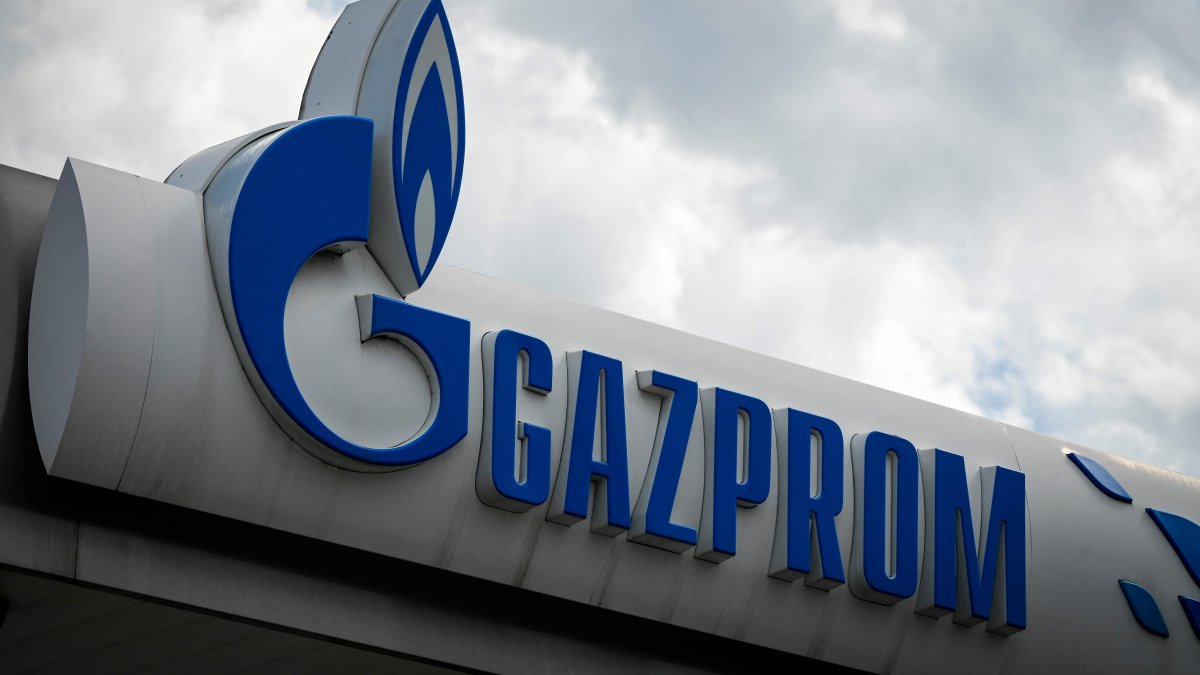

















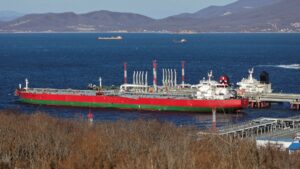
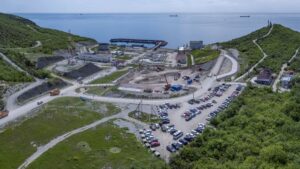
























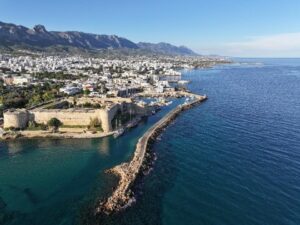
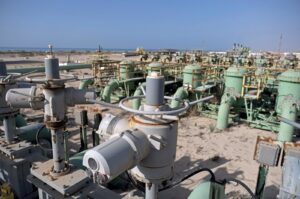





Be First to Comment